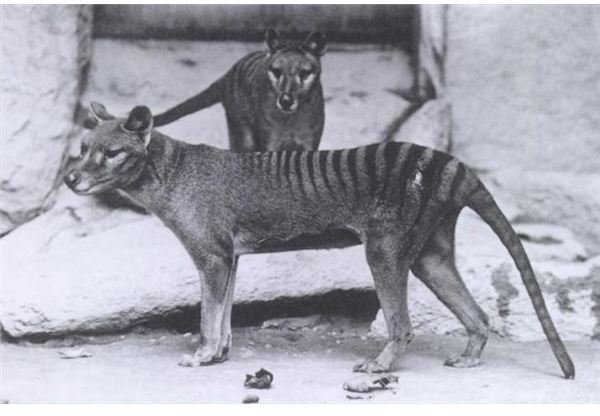Is Cloning Extinct Animals the only way to Bring them Back From the Dead?
Cloning Extinct Animals: The Problem
The trouble with DNA is that it degrades, and good quality genetic material is what you need if you want to bring dinosaurs or any other extinct animals back from the dead. As soon as the creature has breathed its last the decomposition process starts and is aided by amongst other things, sunlight and bacteria. However, nature provides some excellent preservatives and if the animal has dropped dead in a frozen wasteland then the chances of its biological material being preserved are quite good. Hence, over the years there have been discoveries of several reasonably intact frozen mammoths. And scientists from Penn State University have sequenced most of the woolly mammoth genome.
Even if conditions are perfect, experts agree that DNA is unlikely to survive in a robust form for more than a million years, so really any thoughts of seeing a newly created T.rex or Brontosaurus at the local zoo should be pushed into the far deep recesses of your mind. Having said that, I’ll introduce two caveats; 1) Never say never - there may one day be a technology so great that it can bring an animal back from the dead from even the flimsiest scrap of fossilised material 2) a rather far fetched idea this one, but maybe a creature could one day be made to order from a genome designed on a computer - think of the film ‘Weird Science’ but with giant ugly beasts not a beautiful woman.
If well preserved genome sequences are discovered then the scientist can make a reasonable stab of recreating long dead organisms. Here are five possible candidates that stand a much better chance than dinosaurs of walking the Earth again.
Five Animals that Could Come Back to Life
With a fair wind, some good science, and perhaps a bit of luck here are the five that could be returning- in addition to the previously mentioned woolly mammoth.
1) Sabre-toothed tiger - there are well preserved specimens in tar pits in Los Angeles. Though to date, a sequence hasn’t been isolated as the tar makes extraction difficult.
2) Giant Beaver - only died out about 10,000 years ago, so well within the range of having good portions of its DNA intact. Its habitat ranged from Alaska to Florida so there’s a chance of finding well preserved specimens.
**
3) Tasmanian tiger - the last Tasmanian tiger left the planet in 1936. There are very well preserved tissue samples, making it more likely for scientists to get viable DNA to produce a genome sequence.
4) Woolly rhinoceros - not really heard of as much as woolly mammoths, but many fine specimens have been found in the permafrost.
5) Giant Sloth - We’ve not seen its kind for around 8,000 years, but several specimens have been found with plenty of hair samples. And hair is a good source of DNA.
Bringing Animals Back from the Dead: The Best Bet
The best opportunity we have of bringing back an animal species from the dead is to preserve the genomes of endangered animals. There are many gene banks such as the Frozen Ark Project that are collecting biological material from animals that are threatened with extinction.
